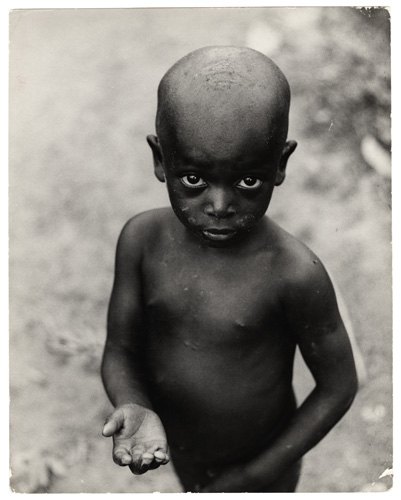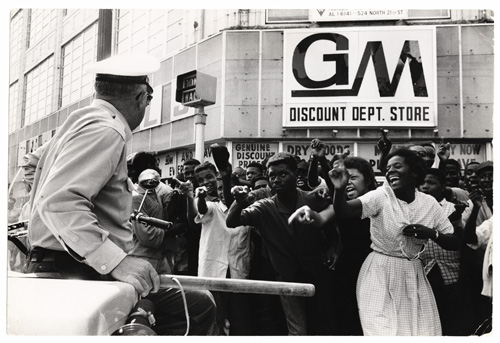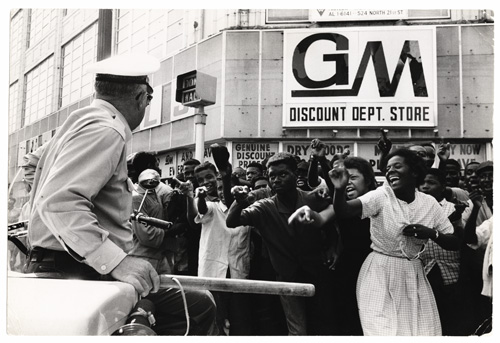By Alena Khabibullina
Special to The Dialog

Carlo Bavagnoli, Biafra, Republic of Biafra (now the Federal Republic of Nigeria), ca. 1968.
Reproduction from the Black Star Collection, Ryerson University. Courtesy of the Ryerson Image Centre.
I’m from Russia. My grandmother was fired from a factory for religious reasons in the Soviet era when people were persecuted, exiled, or executed for their faith. My friend is Italian. His great-grandfather was detained for living with a North African woman – his great grandmother. My neighbour from Bangladesh told me the story that his elderly cousin had acid poured on her over a land dispute.
This February we are all celebrating Black History Month as a milestone on the way to understanding human rights. This commemoration carries the bitterness of loss since any radical change occurs through sacrifice. There is no nation on earth that has suffered so much, fighting for their rights, as black people have. This February we are mourning, honouring, and remembering!
More than 300 original photographs from the Black Star Collection, presented at the Ryerson Image Centre, create this spirit. The exhibition’s title Human Rights Human Wrongs says it all. This is a true archive of human lives chiseled in pictures.
All the articles of the Universal Declaration of Human Rights silently hang above the panel of images of known and unknown people, as well as above neatly stacked cardboard boxes containing the human lives photo archives. This metaphor remains with the viewer.
Mark Sealy, the director of The Association of Black Photographers, is the guest curator of the exhibition. Using the end of the Second World War in 1945 and the Universal Declaration of Human Rights in 1948 as departure points, the photos show the struggle against colonialism and racism.
“Photographs of bodies twisted, hacked, or blown apart; of people demonstrating or taking action; of displaced people whose lives lie shattered, clinging to existence in some hellish refugee camp; as well as images that throw into focus the relationship between race and conflict, make up a large proportion of the photographs pulled from the archive.” wrote Sealy in the magazine about the exhibit.
In contrast to passing laws and United Nations conventions, are the images of brutal violence happening in the world: independence movements in African countries; political protests in the United States and South America; wars in Vietnam and genocide in Rwanda. People were dreaming about equal rights and unfortunately we are still dreaming sometimes.

Charles Moore, Birmingham, Birmingham, Alabama, United States of America, May 3, 1963.Reproduction from the Black Star Collection, Ryerson University. Courtesy of the Ryerson Image Centre.
Human Rights Human Wrongs is a collection of moments in history when a prompt camera click carries social significance and meaning. A warning sign at the entrance says that the “exhibition contains photographs that may be disturbing to viewers due to the graphic or violent nature of the subject matter.”
Here the sound of the camera shutter often coincides with the sound of the trigger.
The exhibition Human Rights and Human Wrongs takes place in Ryerson Image Centre (33 Gould Street- One block northeast of Yonge & Dundas) until April 14. Admission is free.


